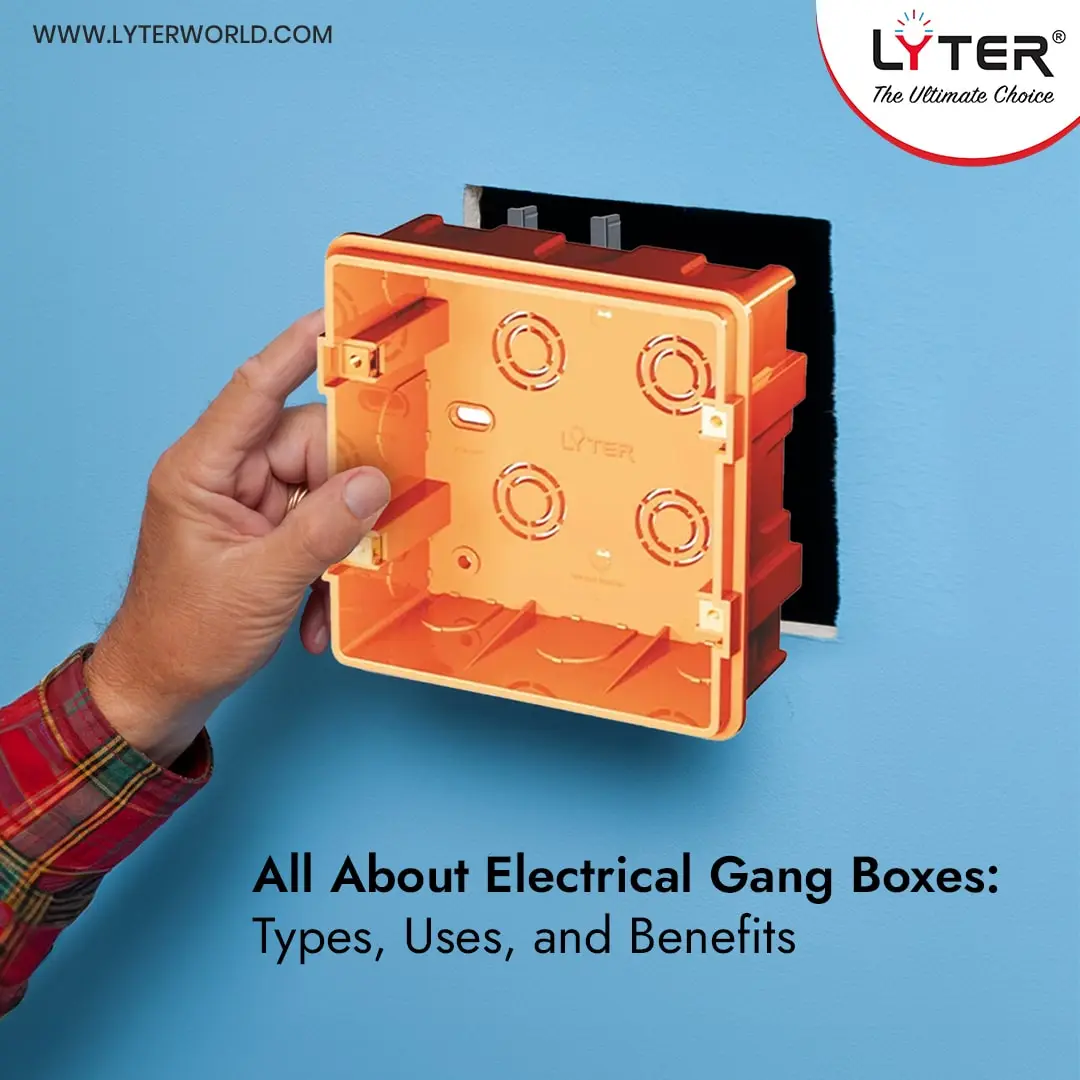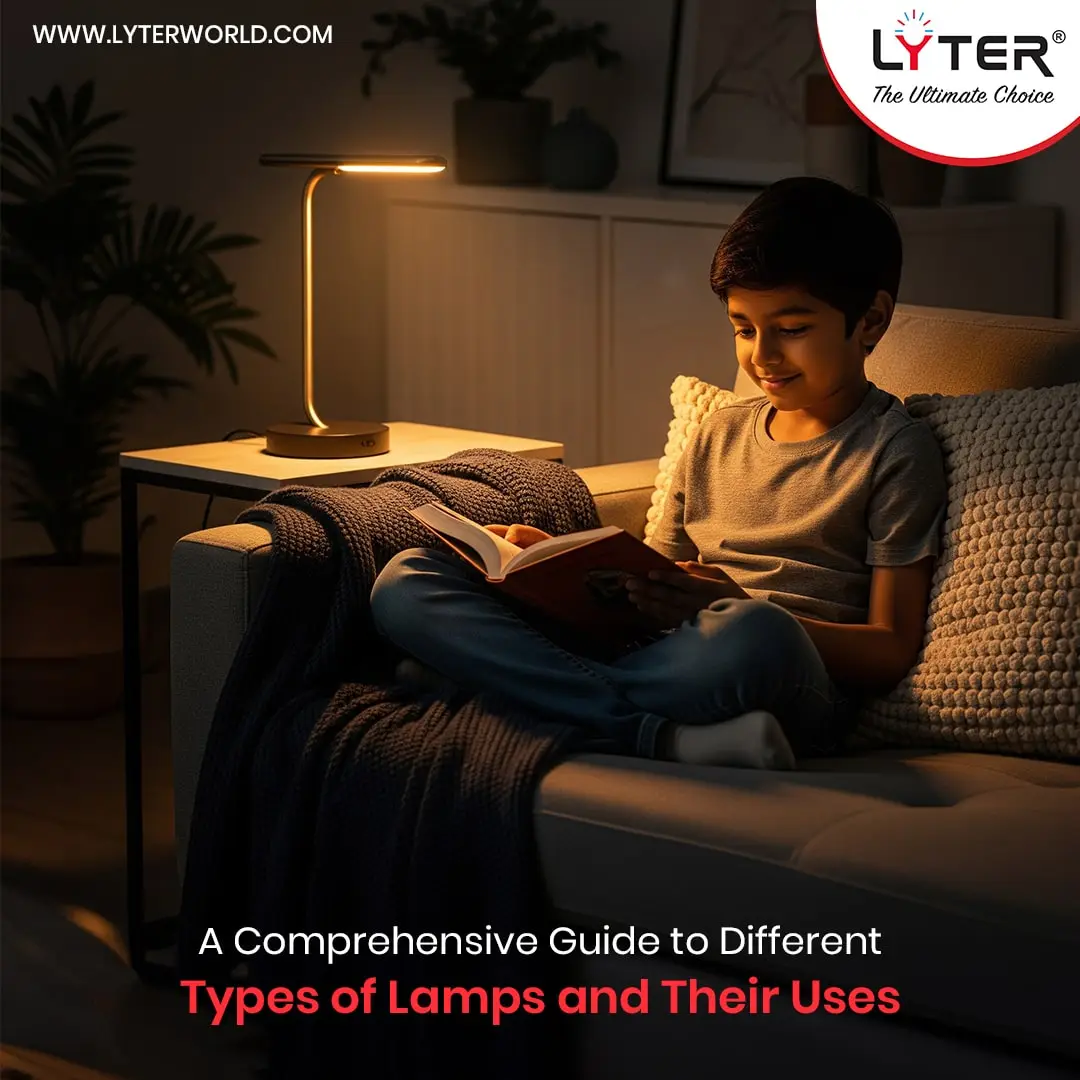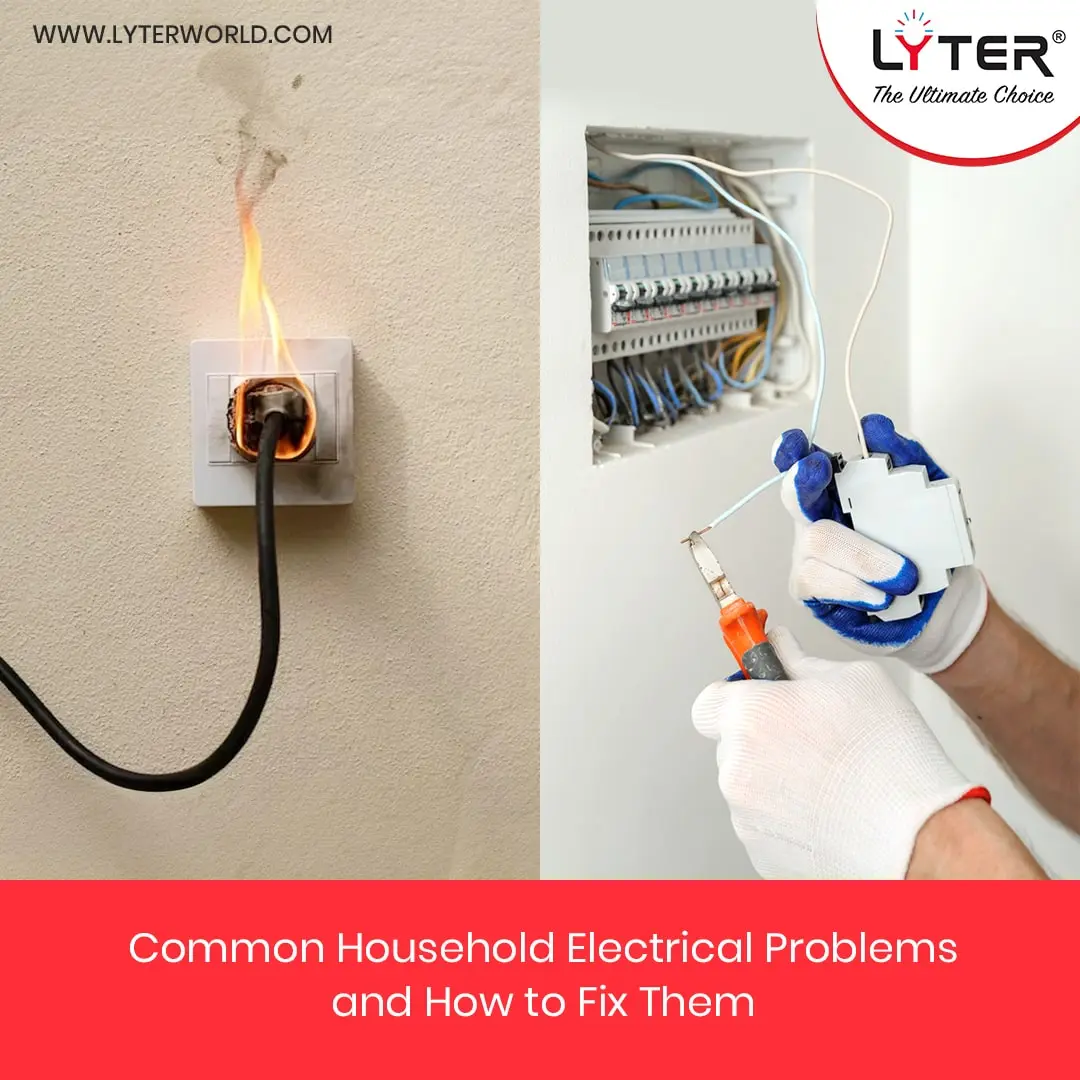Ever plugged in your expensive laptop, only to feel a slight jolt of anxiety every time lightning strikes outside?
Or overload a single socket with your phone charger, gaming console, and desk lamp, hoping the circuit doesn’t trip? If this sounds familiar, you’re not alone.
When safely powering multiple devices simultaneously, most people don’t know the differences between spike guards and power strips. And always think of them as the same thing. But here’s the kicker: they’re not, and choosing the wrong one could cost you more than just a fried gadget.
In this blog, we’ll go over the fundamental distinctions between spike guards and power strips, explain when to use what, and provide you with enough information to make a safer, wiser decision.
What Are Power Strips?
At first appearance, power strips appear to be an innocuous solution to a frequent problem: too many plugs and not enough outlets. These devices can power many electronics from a single wall socket, making them popular in home offices and entertainment installations.
But here’s the problem: most power strips are just extension cables with many outlets. They merely distribute power. That is it. No surge protection, voltage control, or safety measures. If there is a voltage spike caused by lightning or an unstable power grid, your gadgets will be rendered useless.
So, if you’ve bought a power strip thinking it offers protection, it might be time to take a closer look, especially if you’ve purchased your electrical products online, where it’s easy to miss the fine print.
What is a Spike Guard?
Spike guards are devices that protect electronic equipment against voltage spikes. They effectively serve as a shield, absorbing or deflecting excess power away from the linked equipment and therefore preventing harm.
Spike guards usually have extra features to improve their efficacy in addition to voltage protection. Many versions have multiple outlets, allowing you to secure several devices at once. Some variants include USB charging ports for added convenience.
Furthermore, contemporary spike guards may feature built-in circuit breakers that shut off power immediately in the case of an overload, ensuring the safety of your electronic equipment.
Spike guards are required in every place where electronics are used since they provide both protection and additional usefulness. It is vital to notice that spike guards and power strips may appear to be identical, but they are not. A power strip just increases the number of accessible outlets, whereas a spike guard protects against voltage fluctuations.
Understanding Spike Guards And Power Strips: Key Differences
The word “spike guard” is sometimes used as a fancy synonym for a power strip. However, this is a dangerous mistake.
1. Surge Protection vs Basic Extension
The most significant distinction is in what they do:
- A power strip is just a multiple-socket extension of your wall outlet.
- A spike guard (also known as a surge protector) has internal components that absorb and deflect voltage spikes, safeguarding your gadgets from harm.
So, spike guard safety features are the real MVP here. Look for models with built-in circuit breakers, thermal fuses, and indicators that show active protection.
2. Price Tag vs. Protection
When shopping for electrical equipment online, it might be tempting to go with the lowest choice. Consider this: would you want to spend ₹800 on a solid spike guard or ₹80,000 on a new MacBook?
Surge protector vs power strip debates often come down to cost. But a few extra bucks could save you a heartache and a repair bill.
3. Build Quality and Load Handling
Spike guards are frequently constructed to resist higher weights and provide better insulation. Good ones also include features like EMI/RFI noise filtering, which is necessary if you’re using sensitive gadgets.
In comparison, the quality of power strips varies substantially. And while they may be enough for lights and phone chargers, they are not intended for high-performance devices such as laptops or televisions.
Also Read: A Step-by-Step Guide To Use Power Strip
When Should You Use a Power Strip?
There’s a time and place for power strips. If you’re plugging in low-risk devices (think desk fans or phone chargers), they work fine as long as you’re not stacking heavy loads or plugging in high-end electronics. Always check for ISI certification or quality standards before you buy.
However, keep in mind that power strips are not designed to support high-power appliances or pricey equipment such as laptops, televisions, or game consoles. Using them for such devices might jeopardize your equipment and your safety, especially during power surges or overloads.
Before buying a power strip, always look for ISI certification or comparable quality requirements to verify you’re getting a dependable device. If you expect to use it regularly, look for features such as surge protection, independent switches, and overload protection. And never daisy-chain numerous power strips; this is a fire danger waiting to happen.
In summary, power strips are ideal for everyday usage with basic gadgets, but they are not a one-size-fits-all solution. To protect your valuable or sensitive electronics, invest in a certified surge protector or spike guard.
When Do You Need a Surge Protector?
Any time you’re plugging in high-value or sensitive devices—laptops, routers, consoles, and smart TVs—you should absolutely go with a spike guard. Especially in areas with erratic power supply or frequent thunderstorms, the spike guard safety features can literally save your gear from irreparable damage or data loss.
Spike guards are intended to absorb unexpected power surges that may otherwise damage your devices. They’re an excellent choice for home offices, entertainment settings, and even kitchen equipment such as microwaves and coffee makers.
Pro Tip: If you’re buying electrical equipment online, filter by “surge protector” or “spike guard” and check the joule rating. Higher is better. Look for certificates and guarantees that demonstrate the manufacturer’s confidence in protection.
Get the Best Spike Guards and Power Strips from Lyter
When it comes to powering your devices, the difference between a power strip and a spike guard isn’t just technical; it’s essential. While power strips may do the trick for basic, low-risk gadgets, spike guards are your first line of defense against unpredictable voltage spikes and surges that can destroy expensive electronics in seconds.
Think of it as insurance for your tech. Whether you’re working from home, gaming, or simply watching Netflix, using the right kind of protection matters.
When looking for the best surge protector or power strip for your home or office, it’s always wise to choose a trusted brand that meets safety and quality standards.
At Lyter, we’re committed to providing reliable electrical accessories that offer both protection and performance. With a strong focus on quality and customer trust, we ensure your devices stay safe because you deserve nothing less.







